Suffragette sites added to Historic England heritage list
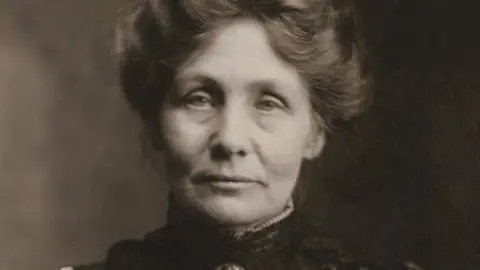 LSE Library
LSE LibraryMore than 40 sites - including meeting halls, post boxes and prisons - have had their links to the suffragette movement officially recognised.
The sites, crucial to the campaign to get women the vote where protests were held, direct action carried out or strategies plotted, have been updated on the National Heritage List.
They include Epsom Racecourse and Manchester's Free Trade Hall.
A London post box set alight in a protest is also included.
The tomb of the movement's leader Emmeline Pankhurst, which is in London's Brompton Cemetery, has also been upgraded to Grade II*-listed.
 Historic England
Historic EnglandThe 41 sites are already listed buildings but until now there has been no record of their links to the suffragette movement on the heritage list, Historic England said.
The Women's Social and Political Union (WSPU) was founded by Emmeline Pankhurst in Manchester in 1903 and the organisation started to campaign for women's suffrage using the motto "Deeds, not words".
 Historic England
Historic EnglandThe sites include:
- The Free Trade Hall, Manchester, where the suffragette campaign is said to have started after two suffragettes were arrested for disturbing a meeting of the Liberal Party.
- A post box outside 23 Hampstead High Street, London, which was damaged by suffragettes who poured tar and oil into it and set it alight.
- The Prince's Stand at Epsom Racecourse, which was the scene of the protest by Emily Wilding Davison, who died after she ran across the track during the Derby and was struck by the King's horse.
Emmeline Pankhurst's great-granddaughter Helen Pankhurst, who said the recognition for the sites was "wonderful".
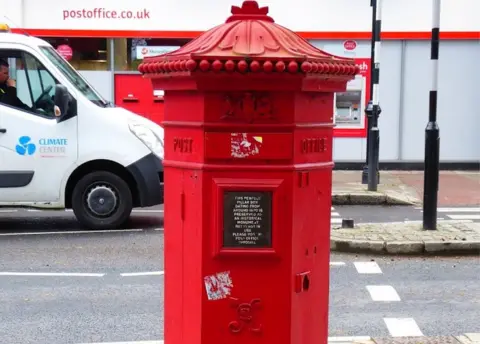 Historic England
Historic England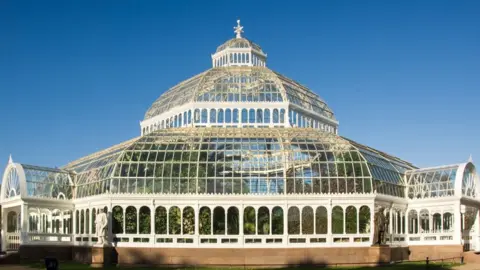 Historic England
Historic England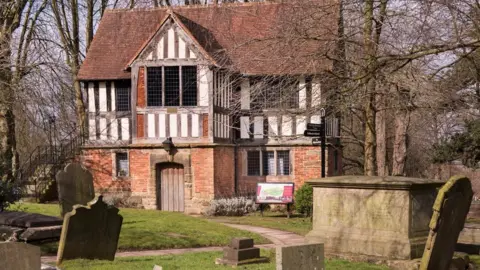 Historic England
Historic England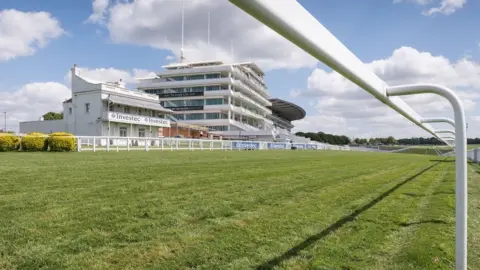 Historic England
Historic England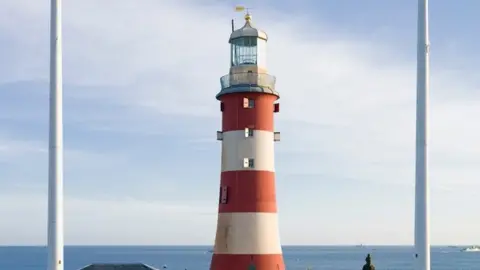 Historic England
Historic England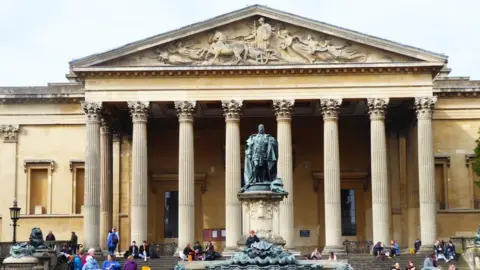 Historic England
Historic England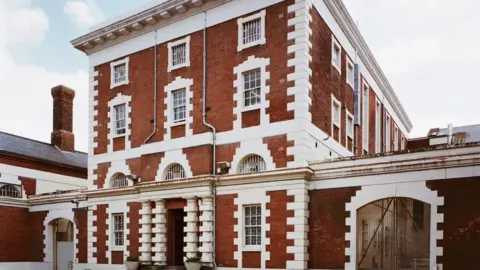 Historic England
Historic England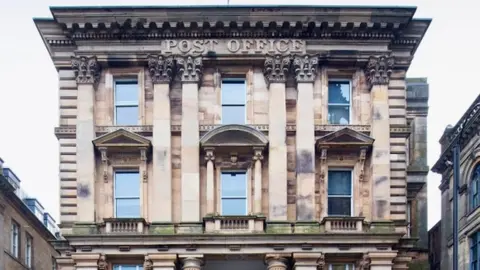 Historic England
Historic England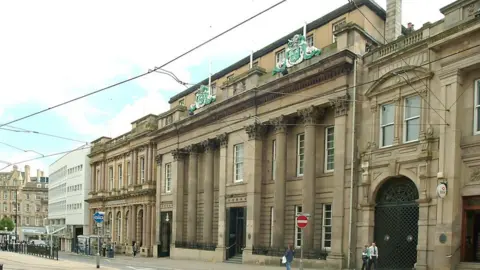 Historic England
Historic England